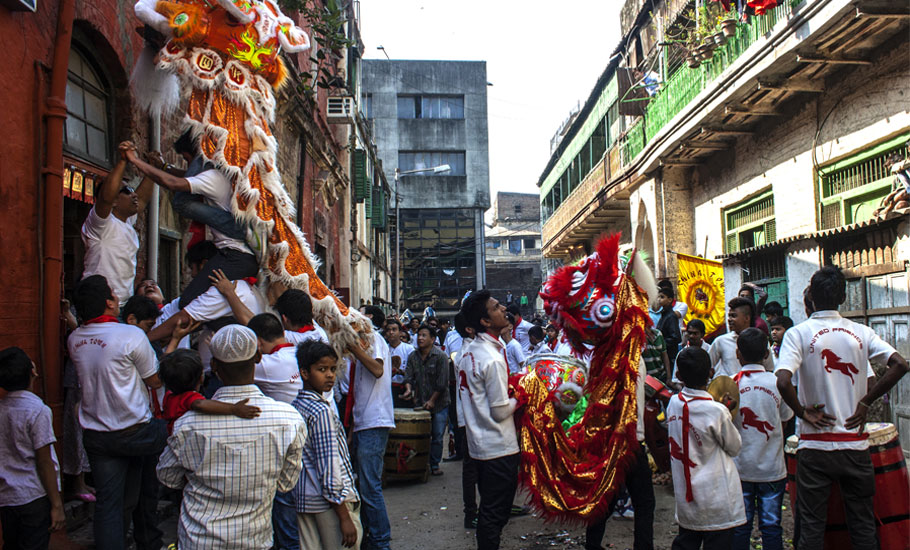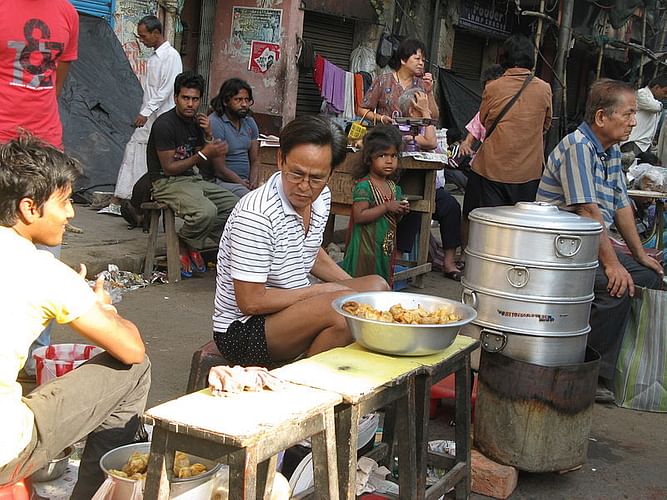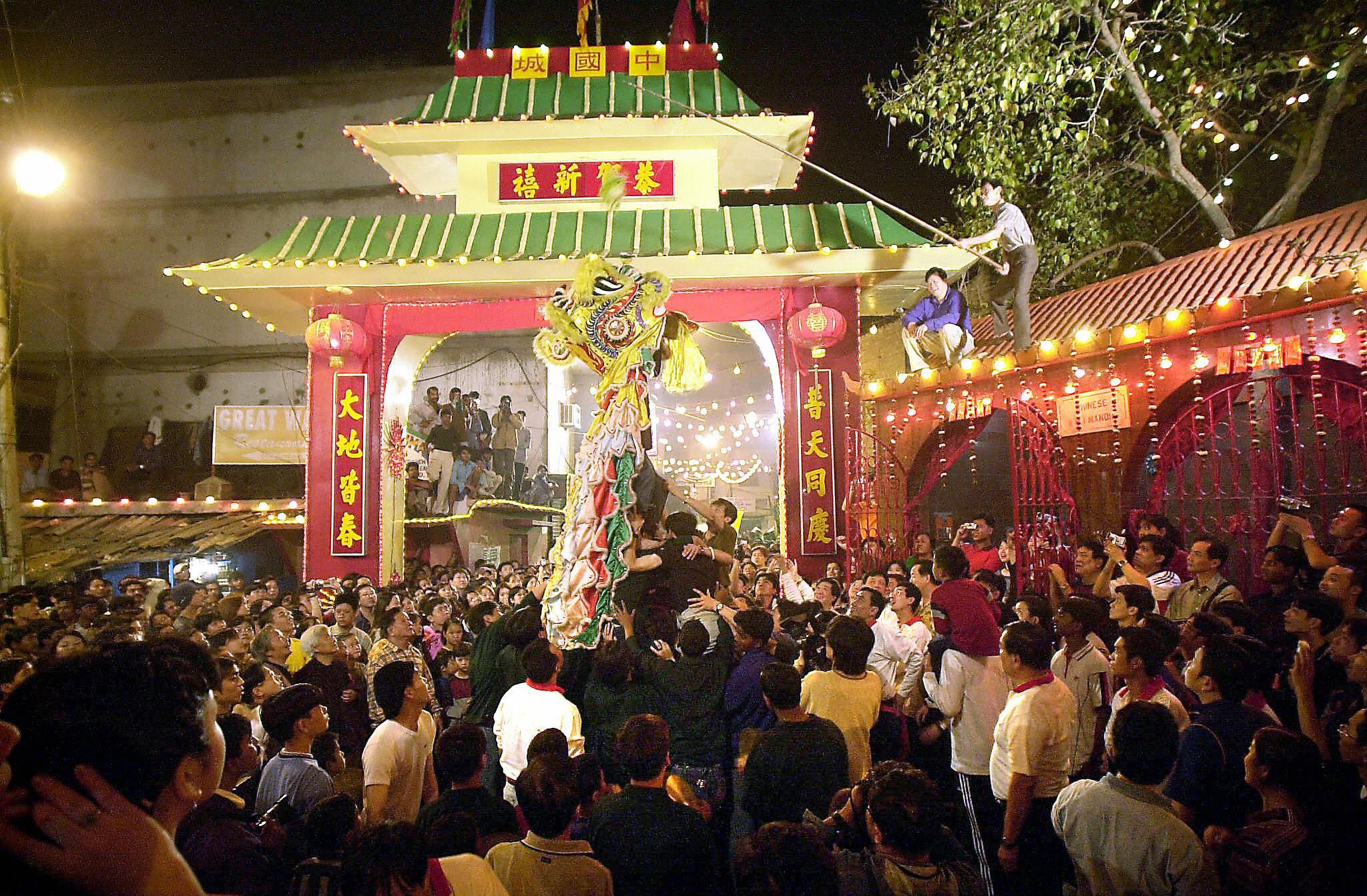
- Home
- India
- World
- Premium
- THE FEDERAL SPECIAL
- Analysis
- States
- Perspective
- Videos
- Sports
- Education
- Entertainment
- Elections
- Features
- Health
- Business
- Series
- In memoriam: Sheikh Mujibur Rahman
- Bishnoi's Men
- NEET TANGLE
- Economy Series
- Earth Day
- Kashmir’s Frozen Turbulence
- India@75
- The legend of Ramjanmabhoomi
- Liberalisation@30
- How to tame a dragon
- Celebrating biodiversity
- Farm Matters
- 50 days of solitude
- Bringing Migrants Home
- Budget 2020
- Jharkhand Votes
- The Federal Investigates
- The Federal Impact
- Vanishing Sand
- Gandhi @ 150
- Andhra Today
- Field report
- Operation Gulmarg
- Pandemic @1 Mn in India
- The Federal Year-End
- The Zero Year
- Science
- Brand studio
- Newsletter
- Elections 2024
- Events
- Home
- IndiaIndia
- World
- Analysis
- StatesStates
- PerspectivePerspective
- VideosVideos
- Sports
- Education
- Entertainment
- ElectionsElections
- Features
- Health
- BusinessBusiness
- Premium
- Loading...
Premium - Events

Kolkata’s love for Chinese-Indians is limited to the cuisine
Since the first recorded Chinese settler, Tong Atchew in the 18th century, the Chinese community in Kolkata has grown considerably, although they have lost touch with their homeland and speak little Mandarin.

For college students of 1970s’ Calcutta (much before the city was renamed Kolkata), Chinatown used to be a favourite hangout. Located in the narrow alleys of Tangra, it was here that students like Dipankar Roy, now an executive editor with a Shillong-based daily, had their first bite of pork dim sum and got to taste fish shumai. “Popular Chinese restaurants such as Chung Wah, Peiping,...
For college students of 1970s’ Calcutta (much before the city was renamed Kolkata), Chinatown used to be a favourite hangout. Located in the narrow alleys of Tangra, it was here that students like Dipankar Roy, now an executive editor with a Shillong-based daily, had their first bite of pork dim sum and got to taste fish shumai.
“Popular Chinese restaurants such as Chung Wah, Peiping, Golden Dragon were there even then, but for college students living on a shoestring budget, the place to go for Chinese delicacies used to be Tangra, where ladies ran eateries in their homes,” he recollected.
The locality then was considered an outskirts tucked away in the eastern fringe of the city and its alleys were dotted with tanneries. Over the years, the tanneries moved out and in their places, swanky Chinese restaurants came up, extending the fondness and attachment for gastronomists looking for the best Chinese food at reasonable rates. The food here these days is a unique blend of Cantonese and Indian cuisine.
For more authentic Chinese delicacies, the place to go now is Central Kolkata’s Tiretta Bazaar, or the Old Chinatown. Here, on a congested lane every morning from 7 am to 10.30 am, many Chinese residents spread out arrays of their breakfast menus. Snacks such as Youtiao (golden-brown deep-fried strips of dough) or Ham Jeen piang (fermented yeast dough batter) served there by street-side vendors are not amended for the Indian palate.
The unaltered authentic Chinese cuisine of Tiretta Bazaar or the Indo-Chinese foods of Tangra are an intrinsic part of Kolkata’s multi-ethnic food culture evolved over centuries.
Chinese roots in India
But the contribution of the Indian-Chinese community to Kolkata’s culture and heritage is not restricted to food alone. Many Bengali words such as chini for “sugar” or chinamati for porcelain can be attributed to Chinese influence, according to a West Bengal tourism department promo.
Kolkata’s iconic hand-pulled rickshaws, immortalised by Bimal Roy’s epoch-making film Do Bigha Zameen (1953), were brought to the city by the Chinese traders sometime around 1890s.

The first recorded Chinese settler in India was Tong Atchew, a trader who landed somewhere near present day Budge Budge, not very far from Kolkata in the late 18th century. The then Governor General Warren Hasting granted 650 bighas of land to Atchew to set up a sugarcane plantation and a sugar factory.
Atchew brought in a group of Chinese workers to work in his plantation and factory. That was the first Chinese settlement in India.
Tong Atchew today lies in a red tomb on the banks of the Hooghly, near Budge Budge, some 30 kilometres from Kolkata. The locality around the tomb is named Achipur after the Chinese settler (a distortion from earlier Atchewpur).
A Chinese Buddhist temple built in 1718 still stands tall in Achipur. Every year during the Chinese New year, many throng the temple.
Again in the mid-19th century, another group of Chinese fled to Calcutta to escape the mayhem caused by the Opium Wars and the rebellion against the Qing dynasty known as the Taiping uprising.
The first record of travel from China to Bengal, however, dated back to the 5th century AD. It was chronicled in the travelogue of Faxian (Fa-Hien), who visited the Tampralipta, in what is now Tamluk in East Midnapore district.
Troubled borders
Despite such rich historic connections and their immense contribution in shaping the multi-cultural heritage of the city, the Indo-Chinese community — mostly comprising Hakkas — has never been completely absorbed into the city’s larger socio-cultural milieu.
Every time India’s relation with its biggest eastern neighbour, China, gets strained, the community is looked upon with suspicion. After the outbreak of COVID-19, many of the city’s ethnic Chinese community, along with people from the northeastern states, faced racial abuses.
A popular city-based singer of Chinese origin Francis Yee Lepcha recently wrote a blog about his encounter with racism. Earlier, to make people aware of his and his community’s background, the 41-year-old third generation Indian Chinese donned a self-designed T-shirt wherein it was written in Bengali: “Ami kono coronavirus noi, ami Kolkata te jonmogrohon korechi, ami kokhono Cheen jai ni’ (I’m not a coronavirus. I was born in Kolkata and have never been to China).”

His grandfather had migrated to Calcutta from Shanghai in China during the Second World War. His grandmother was a Lepcha lady from Darjeeling.
The recent India-China standoff in faraway Ladakh has further made the community anxious as it comes close on the heels of growing COVID 19-related racial discriminations against the community. The subsequent hyperbolic calls by some politicians to even boycott Chinese food only added to their concerns.
“Just for the record, Kolkata’s Indian Chinese are merely 1,500 approximately in number. We are the true super super super deluxe microbial ‘minority’ of India and have been living in Kolkata for over 100 years. We make Indian Chinese food and not mainland pure Chinese food which none of the regular Tangra restaurant customers can digest,” wrote Lepcha in a Facebook post in the wake of social media campaigns triggered by the border clash in which 20 Indian soldiers were killed.
“We are great interior designers, dentists, beauticians, laundry owners, shoemakers and restaurateurs (and) we are as Indians as you… We have nothing to do with the CCP and just want to get on with our lives… Therefore, dear friends, just handle us with care and (also) those like us (our Northeast family),” he added.
Fortunately, the tension in the border subsided and the community was spared any more backlash such as the one they had witnessed after the 1962 war, when around 3,000 members of the Indian-Chinese community from across the country were sent to a detention centre in Rajasthan’s Deoli.
Their plight was poignantly narrated in a documentary titled: Beyond barbed wires: A distant dawn.
“We do not want a war, we want peace. The memories of the 1962 war are still fresh for the elders in the community who were persecuted during that period. Apart from a few, most of us were born and brought up here. We are Indians, it is just that our surnames are Chinese,” president of the Chinese Indian Community, Kolkata, Been Ching Law had told the media during the height of the tension.
As Law pointed out, their children hardly recognise their Chinese origin neither could they speak Mandarin. They are more comfortable in Hindi and Bengali. But the community continues to be marginalised.

Citizenship dilemma
Those of Chinese-origin born before 1950 cannot get Indian citizenship. They only have temporary resident permits.
Those born in India after the country became a Republic in 1950 are naturalised citizens. But even they do not have any representation in policy-making or government jobs.
Over the years, political parties shunned the community, saying they don’t take much interest. But, the parties too never tried to reach out to them aggressively. Only during the 2019 Lok Sabha elections did the Trinamool Congress try to woo the community to support it. The party pasted graffiti in Mandarin seeking the community’s support. Many old-timers in the locality had then claimed it was for the first time in the history that the community was wooed to cast their votes.
Ironically, most voters of Chinese origin do not understand Mandarin. The city’s only Chinese school is fighting an existential battle with no help from authorities. Nevertheless, the community welcomed the TMC’s move and hoped things would turnaround.
Freddy Liao, a young member of the community, is optimistic. He says the only thing he would like the government to do for the community is to promote tourism in Chinatown.
He believes a tourism push will help preserve and promote the rich heritage of the city’s dwindling Indian-Chinese community.
Perhaps, it will also amend some of the past wrongs done to the community.
